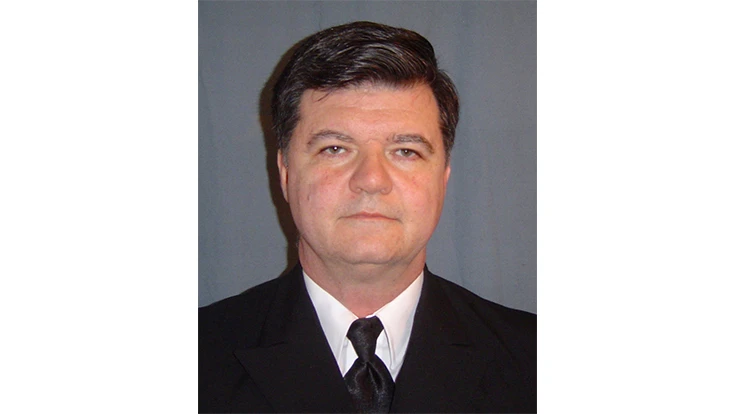
|
|
It is all part of the circle of (equipment’s) life (play “The Lion King” theme song as background here). To maintain the efficient operation of the golf course as a business, old equipment needs to be rotated out of the lineup and new equipment purchased to replace it. If equipment managers before you did not do this, your turf equipment would be horse drawn or steam powered. Now that you are your course’s equipment manager, it is up to you to continue the tradition of weeding your motor pool collection each year. Machines that have become uneconomical to keep need culled from the herd. If you track individual equipment expenses (productivity, operator, maintenance, repair, fuel, shop costs and shop time), the machine itself will tell you when it needs replaced. The time and money spent maintaining and repairing each machine rises each year and at some point, will actually exceed what the payments on a new machine would be or before that may exceed the shop hours available. In the case where shop hours have been maxed out, the overflow hours have to be made up by hiring more shop people or farming the work out to other shops. Yes, I know it is hard to put any machine out to pasture when “all it needs is a few more parts and some more time in the shop to keep it going,” but you have to draw the line somewhere. Are you running a golf course or are you restoring and maintaining antique machinery? Restoring antique machinery is a great personal joy, but does not make economic sense. At some point, the manufacturer will discontinue supplying parts for their old designs. When that happens you’ve kept that machine way too long.
The joy of spending company moneyUneconomical equipment needs to be replaced with the newest and best that the course can afford. Someone has to do it. If you do it right, it is a game that is a lot of fun. The game is to shop for the equipment with features that your course needs and get the best price you can, so you can buy more. The more you know about the environment the equipment needs to fit into and the economics of it, the better you can do your job. For example, while the rough could be mowed with a $100 18-inch walk behind gasoline rotary mower, when all things are considered, it makes economic sense to do it instead with a $48,000 diesel fueled mower that cuts a 12-foot swath at about 9 mph. Luckily, for those who play this game of buying for the course, the season for new product releases, conventions, and trade shows is just around the corner. This is where you kick the tires on all kinds of new equipment. Networking can do a lot to improve your game as a buyer. You have to learn it somewhere and continue to improve throughout your career. Consider replacing 20 percent of your equipment list each year, or in the case of courses only open half the year, 10 percent of your equipment list each year. Some “low-mileage” equipment will last longer while high-usage equipment will need to be replaced more often. Some equipment ages by the calendar rather than by the engine hour meter.
Paul F. Grayson is the Equipment Manager for the Crown Golf Club in Traverse City, Mich., a position he’s held for the past decade. Previously, he spent 8½ years as the equipment manager at Grand Traverse Resort & Spa. Prior to that, he worked as a licensed ships engine officer sailing the Great Lakes and the oceans of the world. |
Get curated news on YOUR industry.
Enter your email to receive our newsletters.Latest from Golf Course Industry
- Carolinas GCSA raises nearly $300,000 for research
- Advanced Turf Solutions’ Scott Lund expands role
- South Carolina’s Tidewater Golf Club completes renovation project
- SePRO to host webinar on plant growth regulators
- Turfco introduces riding applicator
- From the publisher’s pen: The golf guilt trip
- Bob Farren lands Carolinas GCSA highest honor
- Architect Brian Curley breaks ground on new First Tee venue







